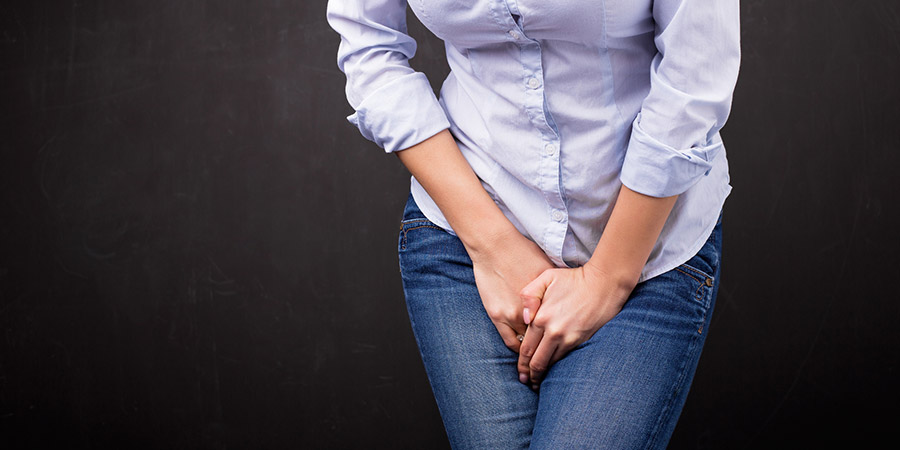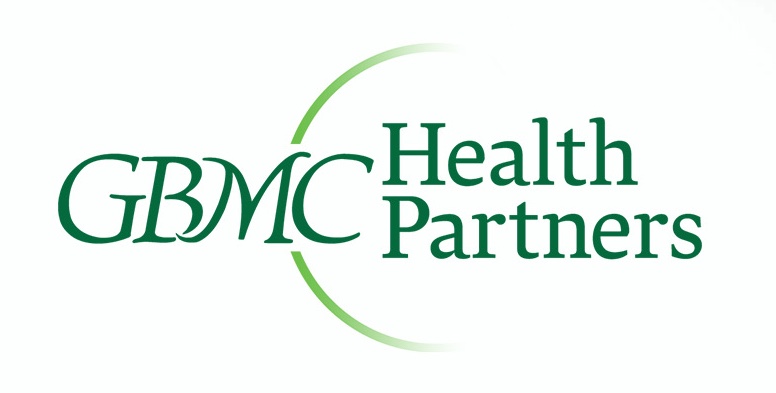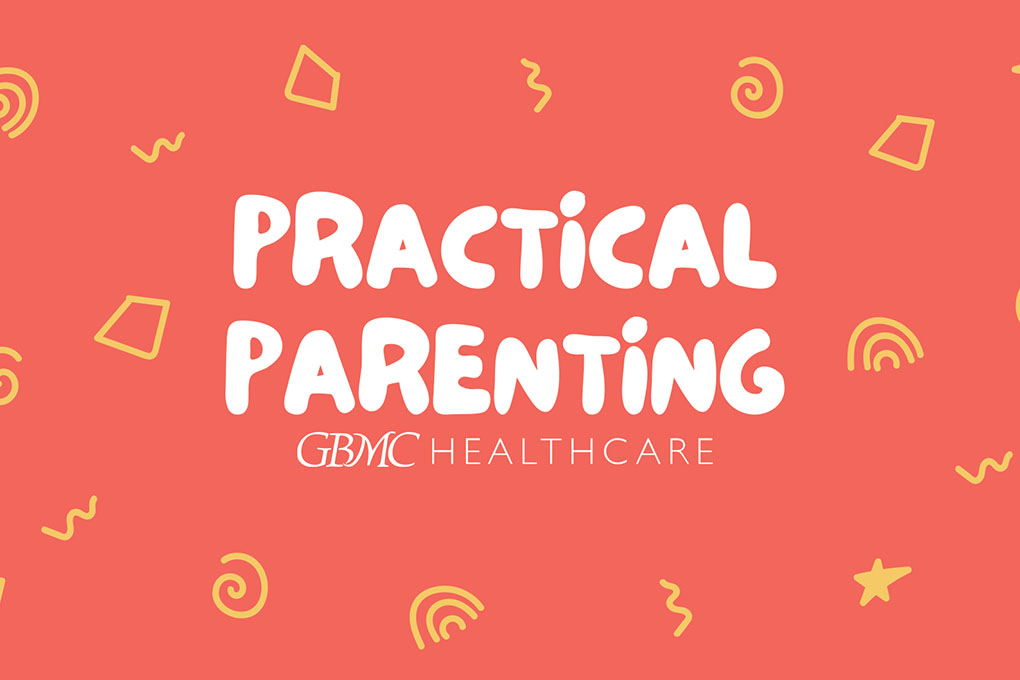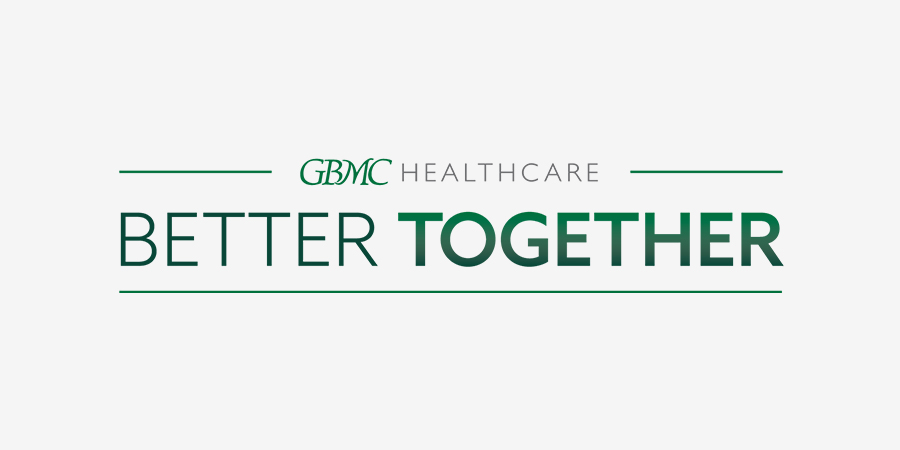Break the Silence: Discuss Urinary Incontinence with Your Doctor
February 14, 2014
“Approximately one out of four women over the age of 18 has likely experienced an involuntary leakage of urine"
Embarrassed by the social stigma surrounding urinary incontinence, women experiencing bladder control issues often remain silent or wait years before seeking help. However, according to Joan Blomquist, MD, Division Head of Urogynecology at GBMC, it’s a very common problem to have. “In fact, 11 percent of women will have surgery sometime during their life for incontinence or pelvic organ prolapse. That figure doesn’t even capture the women who can be treated with more conservative approaches or those who are suffering in silence,” says Dr. Blomquist.

Urinary incontinence is broken into two main categories: urge and stress. Urge incontinence typically impacts women as they age and makes them feel the need to “go” frequently, often not making it in time. Contractions of the bladder either cause a sudden urge to urinate or, if the contractions are strong enough, bladder leakage. Since urge incontinence can be triggered by acidic or spicy foods, caffeine and alcohol, dietary changes may alleviate some of the symptoms. Other treatments include behavioral management, bladder retraining, pelvic floor exercise/physical therapy and medications to manage the spasms. For some patients, urge incontinence is related to an abnormality of the nerve supplying the bladder. As a result, nerve stimulation, via an office procedure called posterior tibia nerve stimulation, can also be beneficial. “With this procedure, an acupuncture-sized needle is inserted near the ankle to stimulate the tibia nerve once a week for 12 weeks,” explains Dr. Blomquist. “This treatment has proven 60 to 70 percent effective.”
Conversely, stress incontinence is less likely to be age related, and is more of an anatomical issue involving improper support of the urethra. “Stress incontinence can be associated with having had a vaginal birth, being overweight or lifting heavy objects — anything that puts excess pressure on the pelvic floor,” she says. Women who are affected by this form of incontinence may experience leakage when laughing or coughing. Treatments include pelvic floor exercises, in-office injections into the urethra, insertion of a medical device in the vagina to hold the urethra stable or an outpatient procedure.
“GBMC offers both conservative and surgical treatment options to cater to each individual’s preference and lifestyle,” says Dr. Blomquist, who adds that two physical therapists specializing in pelvic floor issues are available right on campus. “If urinary control issues are impacting your quality of life by preventing you from doing daily activities you enjoy, you might benefit from a consultation with your doctor. With all of the options available, you will likely find a treatment that works very well for you.”




